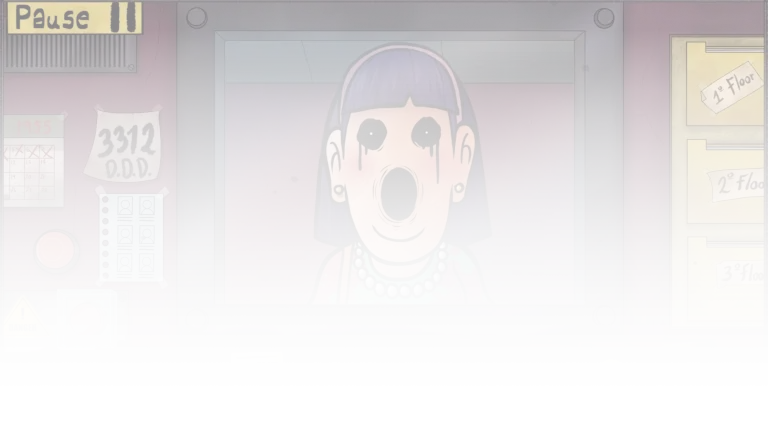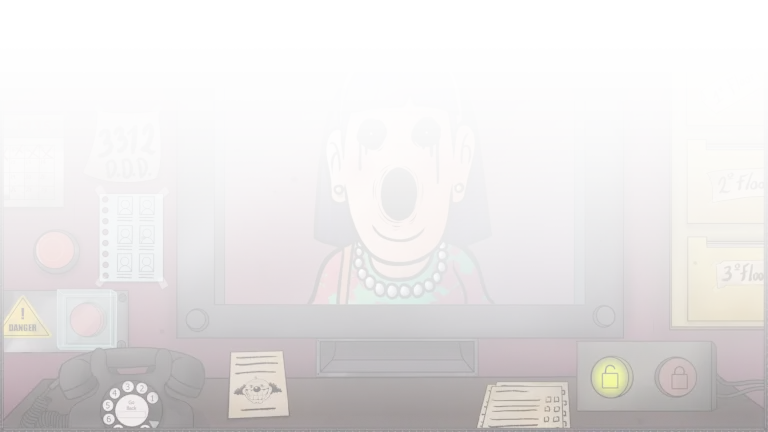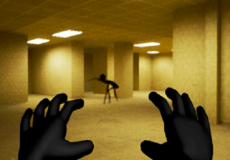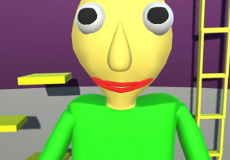
That’s not my Neighbor All Doppelgangers
Advertisement
In That’s Not My Neighbor All Doppelgangers, the game revolves around the delicate balance of managing a diverse array of residents and their doppelgangers, all while maintaining the security and peace of the building. The gameplay deepens as players engage with a complex roster of characters, each with distinctive features and backgrounds that may be mimicked by their corresponding doppelgangers.
Advertisement
Similiar games
In That’s Not My Neighbor All Doppelgangers, the game revolves around the delicate balance of managing a diverse array of residents and their doppelgangers, all while maintaining the security and peace of the building. The gameplay deepens as players engage with a complex roster of characters, each with distinctive features and backgrounds that may be mimicked by their corresponding doppelgangers.
Diverse Residents and Their Doppelgangers
Each resident has unique identifying traits that players must memorize and recognize. For instance:
Roman and Lois Stilnsky: Residing in the first room on the ground floor, Roman introduces himself as a public accountant, a detail players must verify. His spouse, Lois, features prominently with large lips and a mole on her left cheek.
Nacha and Anastacha Mikaelys: Living on different floors, Nacha and her daughter Anastacha present a familial link that might be exploited by doppelgangers. Nacha is notable for her differently colored eyes and freckles, while Anastacha is marked by dual ponytails and weary eyes.
The Peachman Brothers: Albertsky and Robertsky reside in the second room on the ground floor. Albertsky’s pronounced facial features contrast with Robertsky’s distinct lack of eyebrows and presence of a goatee, details crucial for players to distinguish between them and their potential impostors.
Dr. W. Afton and Mia Stone: Engaged to each other, these two characters add a layer of complexity with references that hint at external pop culture, which could be a trick used by doppelgangers to confuse the players.
Tactical Interaction and Deduction
Engaging with residents involves more than casual greetings; it requires a deductive approach where each interaction could reveal discrepancies. Players need to be alert to the stories and descriptions provided at the door, comparing them against known facts like Dr. W. Afton’s penchant for Star Wars references or the distinctive physical traits of the Peachman brothers.
Adapting to Resident Dynamics
As players familiarize themselves with the resident roster, they must stay adaptable to changes. Doppelgangers might alter their strategies based on player actions, requiring constant vigilance and a flexible approach to security. Keeping track of each resident’s habits, like Alf Cappuccin’s tendency to forget his hat or Francis Mosses’ characteristic hat and weary eyes, becomes critical in maintaining the integrity of the building.
Ensuring the Integrity of the Community
Success in That’s Not My Neighbor All Doppelgangers hinges on the player’s ability to effectively manage this intricate community. Misidentifying a resident as a doppelganger or vice versa can have serious consequences, impacting not just the game’s outcome but the virtual lives intertwined within the building’s walls. The game challenges players to become the ultimate guardian, using keen observation, detailed knowledge of each resident, and a strategic mind to ensure that the true neighbors remain safe and sound.
Discuss That’s not my Neighbor All Doppelgangers

















